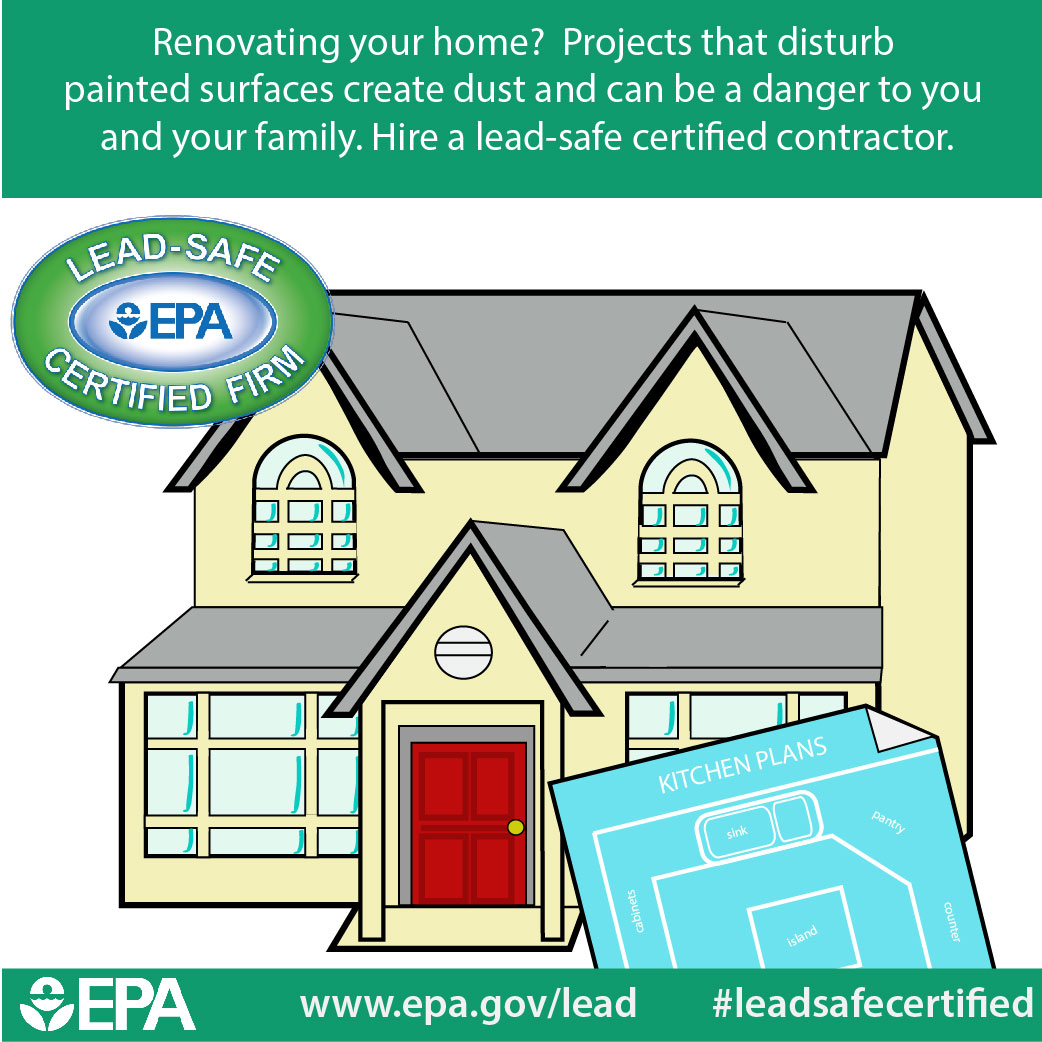Understand Just How Seasonal Problems Impact The Success Of Commercial External Paint And Find Out The Perfect Durations To Ensure Durable Outcomes For Your Project
Understand Just How Seasonal Problems Impact The Success Of Commercial External Paint And Find Out The Perfect Durations To Ensure Durable Outcomes For Your Project
Blog Article
Material By-Ford Decker
When you're preparing a commercial outside painting task, seasonal factors can make or damage your outcomes. You'll intend to consider just how temperature level and humidity impact paint application and drying times. Selecting the ideal period can guarantee your paint adheres correctly and lasts longer. But which periods are absolutely the most effective for this sort of job? Allow's discover the key elements that can impact your task's success.
The Effect of Temperature on Paint Application
When you're intending an industrial outside paint task, the temperature can considerably affect exactly how well the paint adheres and dries out.
Ideally, you want to repaint when temperatures vary between 50 ° F and 85 ° F. If it's too chilly, the paint might not cure properly, leading to problems like peeling or splitting.
On the other hand, if it's also warm, the paint can dry also promptly, stopping appropriate adhesion and leading to an irregular surface.
You need to additionally think about the moment of day; morning or late afternoon uses cooler temperatures, which can be more favorable.
Constantly check the producer's suggestions for the certain paint you're making use of, as they frequently offer advice on the optimal temperature variety for ideal results.
Moisture and Its Impact on Drying Times
Temperature level isn't the only environmental factor that influences your business external paint job; moisture plays a substantial function too. High humidity levels can reduce drying times dramatically, impacting the total quality of your paint work.
When the air is filled with wetness, the paint takes longer to heal, which can cause concerns like poor attachment and a greater threat of mildew development. If you're painting on a specifically damp day, be gotten ready for extensive wait times in between layers.
It's critical to keep track of local climate condition and plan as necessary. Preferably, go for moisture levels between 40% and 70% for optimal drying out.
Keeping these factors in mind ensures your job stays on track and supplies a lasting finish.
Best Seasons for Commercial Outside Paint Projects
What's the very best season for your business external painting projects?
Spring and early loss are commonly your best options. During these periods, temperatures are mild, and moisture degrees are commonly reduced, creating excellent problems for paint application and drying out.
Avoid summertime's intense heat, which can cause paint to dry too rapidly, bring about inadequate attachment and finish. Likewise, painting house can impede appropriate drying and curing, taking the chance of the longevity of your paint job.
Go for days with temperatures between 50 ° F and 85 ° F for ideal outcomes. Bear in mind to check the neighborhood weather report for rainfall, as wet conditions can destroy your project.
Planning around https://www.newschannel5.com/news/suspects-sought-after-spray-painting-swastikas-and-hate-messages-onto-five-homes-in-sylvan-park ensures your paint task runs smoothly and lasts much longer.
Conclusion
In conclusion, planning your industrial outside paint projects around seasonal considerations can make a significant distinction in the result. By scheduling job during the optimal temperatures and moisture degrees, you'll make sure far better bond and drying times. Keep in mind to keep an eye on neighborhood weather forecasts and choose the correct time of year-- springtime and very early fall are your best choices. Taking these actions will help you accomplish a sturdy and professional coating that lasts.
